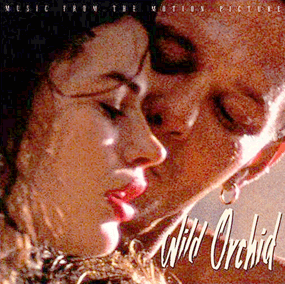Well, the more important question which eventually arises is: do I have to practice more and get used to it OR am I doing something wrong? These are valid questions and when you don't have a clue, it can be hard to find the right answers. Some people take a step sideways and make there own conclusion: it's just something I can't do.
Okay.. why?
My fingers are just too short. I lack hand-eye coordination. My fingers are too long. I've got amusia. My fingers are too fat. I'm tone deaf. My fingers are crooked and go in curves. And my fingers are braided together.
The chance that one of these excuses is true is less than 0.1 percent.
In my own experience everyone I met who told me one of these things was:
A) Not disciplined or motivated enough to actually practice.
B) Using wrong technique.
A while ago I made a video in which I showed the correct way to play the guitar as relaxed as possible. Once in a while somebody contacts me in response to the video. There are these rather negative responses saying: you can't always play chords like this! And that's true, you can't. But if there is the option of playing the guitar relaxed vs. playing it stressed, you should always go for relaxed! Why would you even try to argue that? What do you expect me to say?
"You're right, you can't ALWAYS prevent stress on your forearm while playing the guitar so.. you shouldn't even try prevent it ever???"
Okay, well the second type of responses are the ones I stated at the start of this post. And too bad for you, you can't play that card. Your fingers can't be too long. Your fingers can't be too short. They might be a little bit shorter than average, but not TOO short. C'mon. As long as people aren't calling you a freak, or aren't revering to you as: 'the girl or guy with the long fingers', there's nothing wrong with you. And no, your fingers aren't braided together!
I thought it was the right time to shoot another video, with more camera angels and a better description. In this vid I show the relaxed way to play open chords. It was pointed at beginners, so for now, only open chords. And you can always play these open chords without the angle in your wrist. Doesn't matter the size of your guitar's neck.




